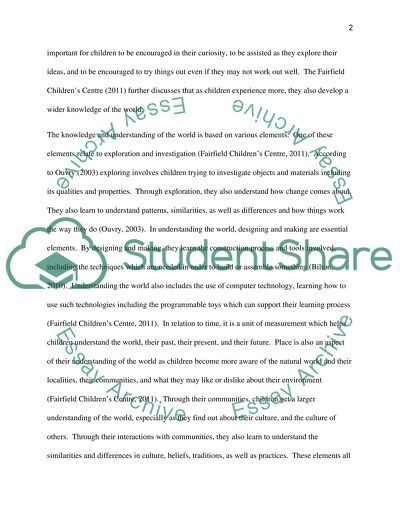Cite this document
(“The Effect the Outdoor Enviroment Has on Childrens Knowledge and Literature review”, n.d.)
Retrieved from https://studentshare.org/education/1467214-the-effect-the-outdoor-enviroment-has-on-childrens-knowledge-and-understanding-of-the-world
Retrieved from https://studentshare.org/education/1467214-the-effect-the-outdoor-enviroment-has-on-childrens-knowledge-and-understanding-of-the-world
(The Effect the Outdoor Enviroment Has on Childrens Knowledge and Literature Review)
https://studentshare.org/education/1467214-the-effect-the-outdoor-enviroment-has-on-childrens-knowledge-and-understanding-of-the-world.
https://studentshare.org/education/1467214-the-effect-the-outdoor-enviroment-has-on-childrens-knowledge-and-understanding-of-the-world.
“The Effect the Outdoor Enviroment Has on Childrens Knowledge and Literature Review”, n.d. https://studentshare.org/education/1467214-the-effect-the-outdoor-enviroment-has-on-childrens-knowledge-and-understanding-of-the-world.


